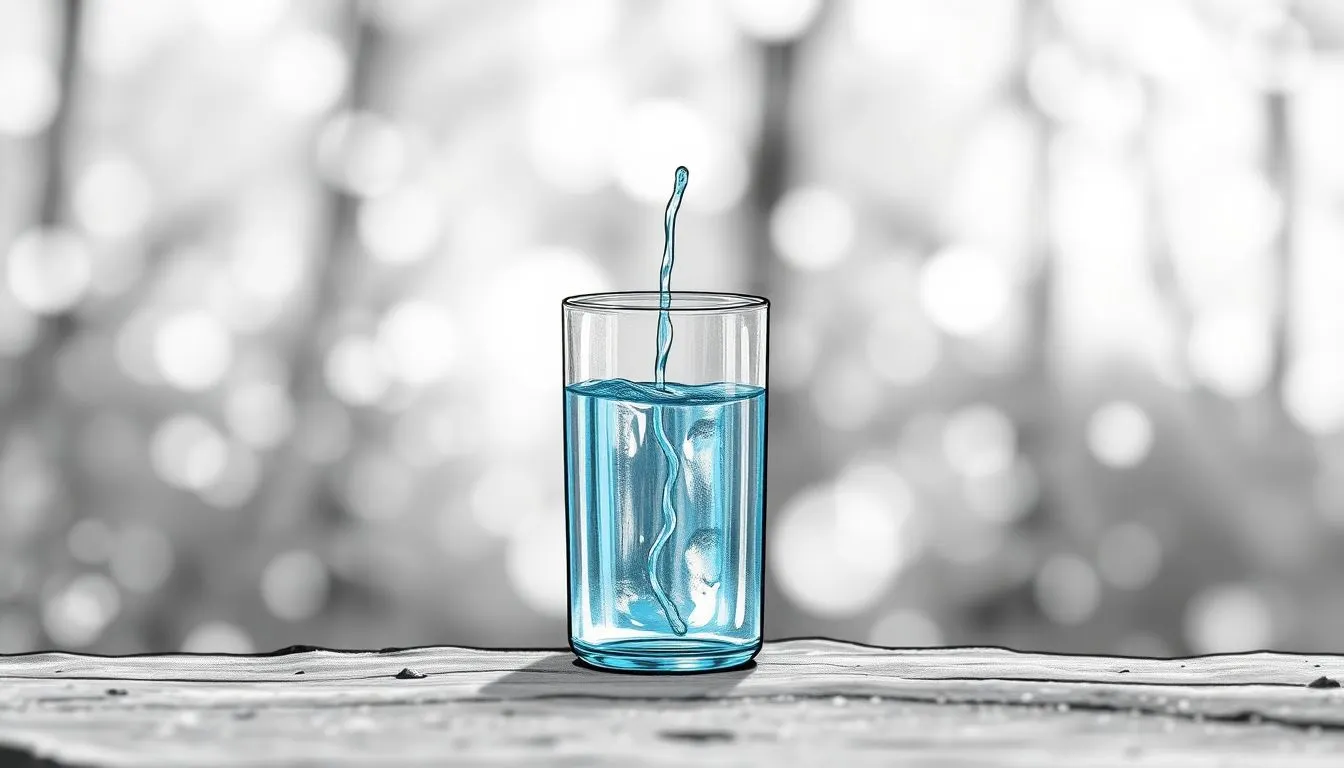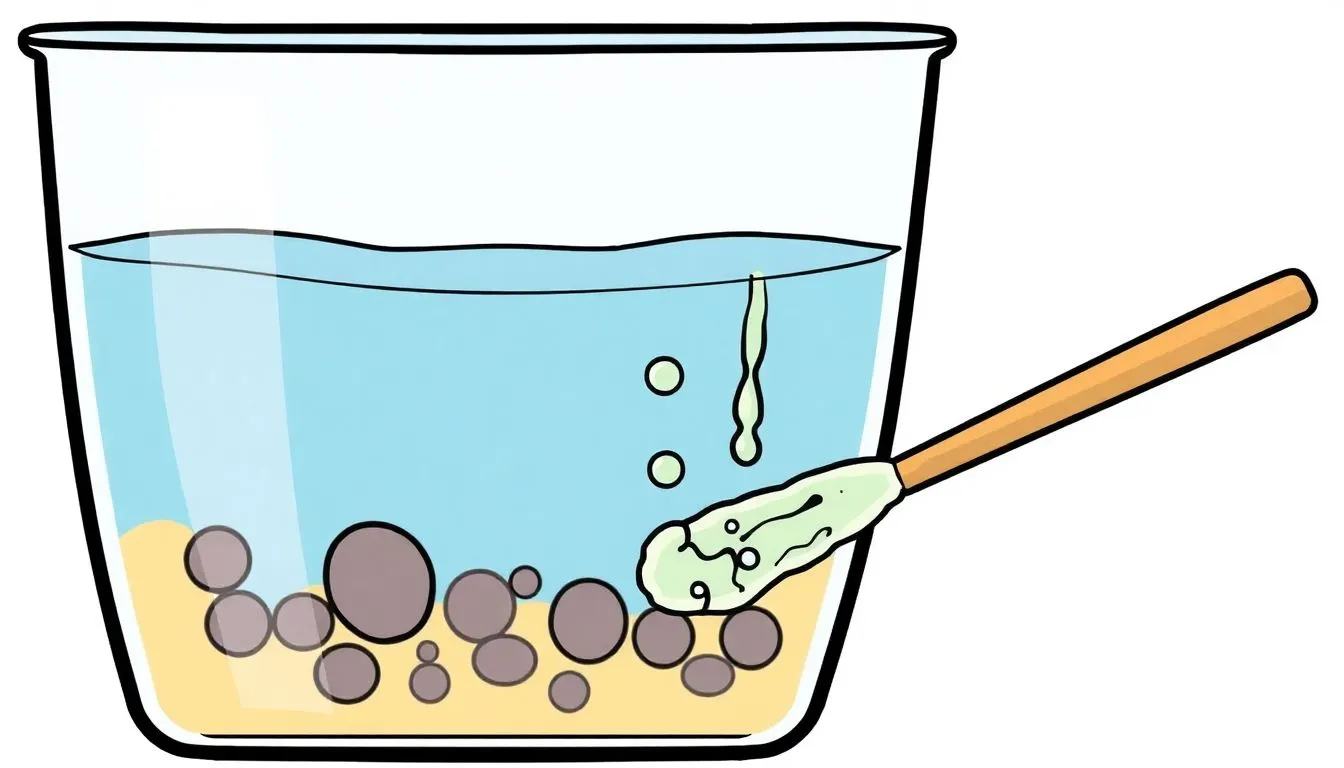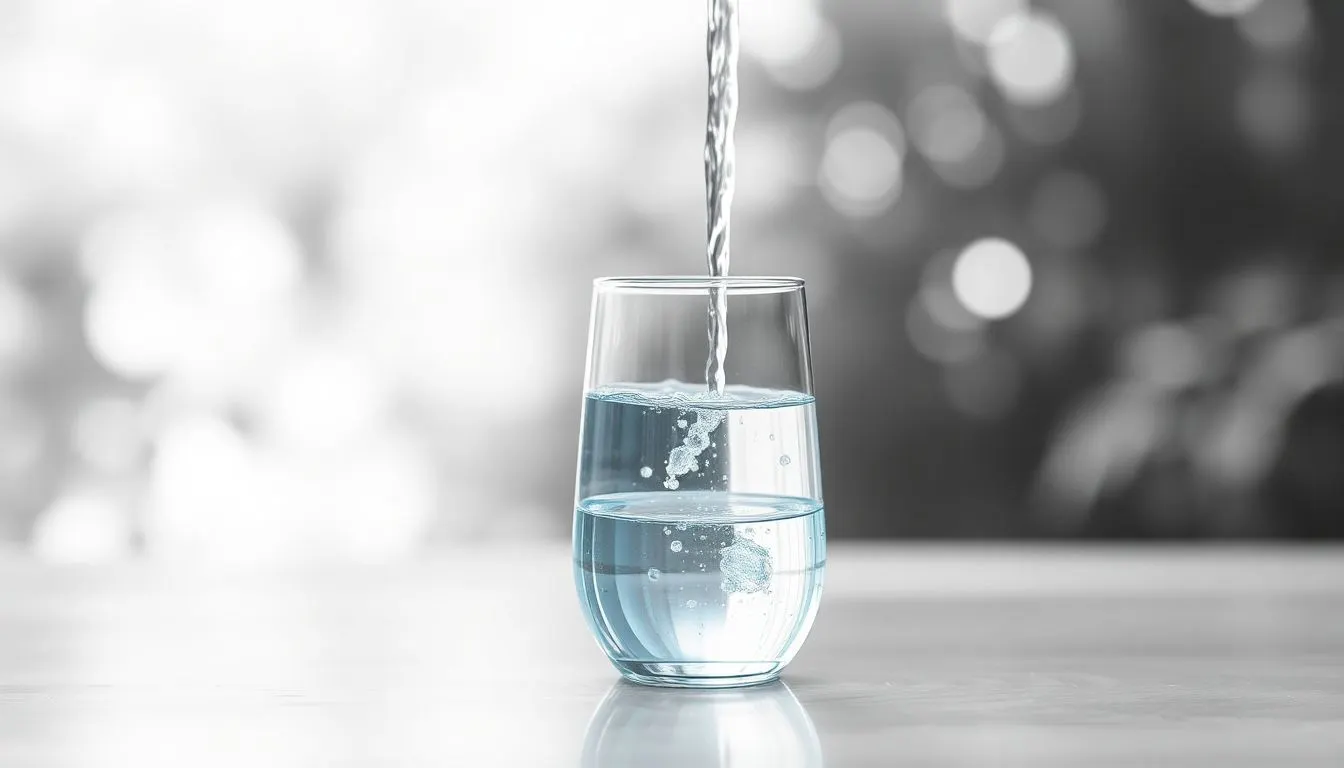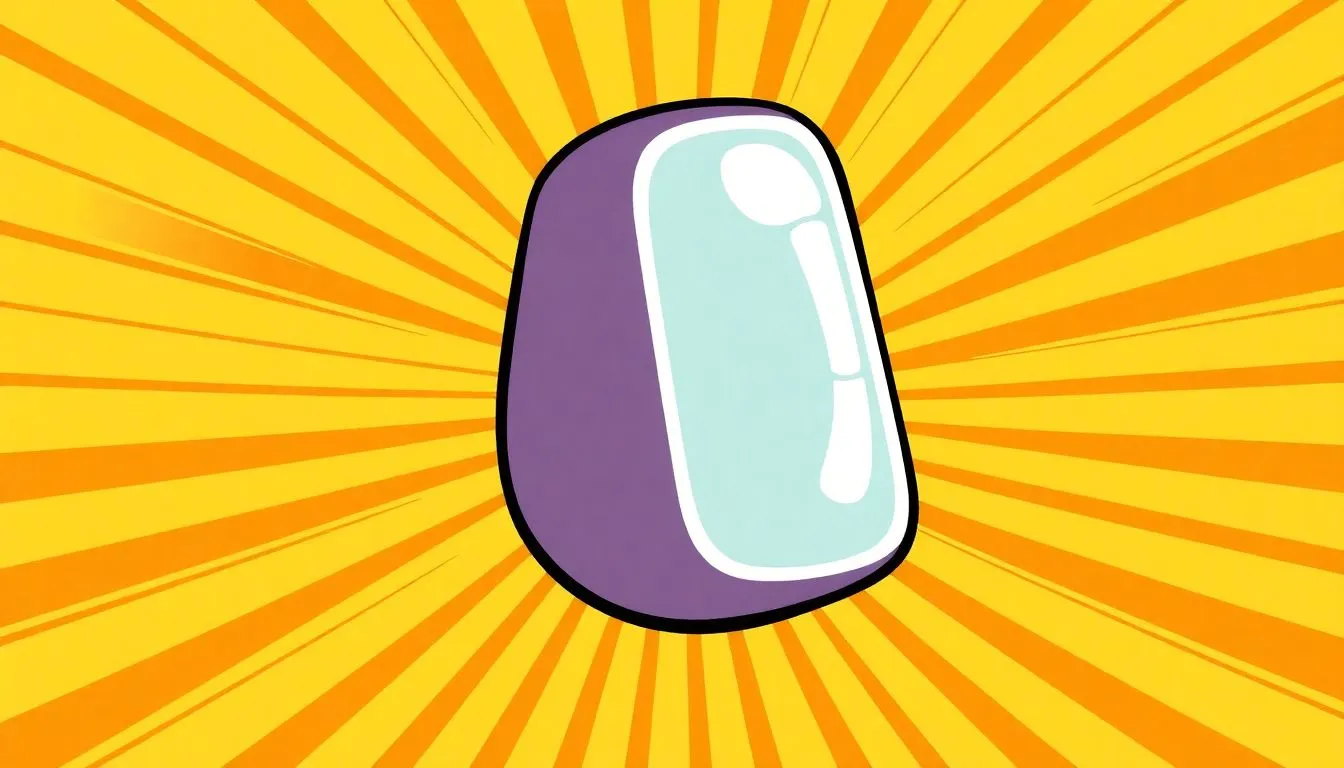How to Purify Water in the Wild
To purify water in the wild, first filter it through cloth to remove debris. Then, boil the water for at least one minute to kill pathogens. Alternatively, use water purification tablets or portable filters.
Solar disinfection by placing clear bottles in sunlight for six hours can also work. Always prioritize clean sources like flowing streams over stagnant water.

Essential Guide: How to Safely Purify Water in the Wild




How to Purify Water in the Wild
Water is essential for survival, but drinking untreated water from natural sources can expose you to harmful bacteria, viruses, and parasites.
Knowing how to purify water in the wild is a critical survival skill. Here are several reliable methods to ensure your water is safe to drink.
1. Boiling
Boiling water is one of the most effective ways to kill pathogens. Bring water to a rolling boil for at least one minute (or three minutes at higher altitudes). Boiling kills bacteria, viruses, and protozoa. It’s simple but requires a heat source and container.
2.Water Purification Tablets
Chemical tablets, often containing iodine or chlorine dioxide, are lightweight and easy to carry. Follow the instructions carefully; typically, you add the tablet to water and wait 30 minutes before drinking. Tablets are effective against most pathogens but may leave an aftertaste.
3. Portable Water Filters
Portable filters use physical barriers to remove bacteria and protozoa. Some advanced filters also reduce viruses. They are handy for filtering water from streams or lakes but may not remove chemical contaminants. Filters require maintenance and cleaning.
4. UV Light Purifiers
UV purifiers use ultraviolet light to disrupt the DNA of microorganisms, rendering them harmless. They are battery-operated devices that treat water quickly. However, the water must be clear for UV to work effectively.
5. DIY Sedimentation and Filtration
A compact emergency blanket or bivvy sack can retain body heat and protect you from the elements. You might also include a lightweight tarp or poncho for additional shelter.
6. Solar Disinfection (SODIS)
Fill a clear plastic bottle with water and leave it in direct sunlight for six hours. UV rays help kill pathogens. This method works best in sunny conditions but is less reliable than boiling or chemical treatment.
Precautions
Always collect water from the cleanest source available—flowing streams over stagnant pools. Avoid water near industrial or agricultural runoff. If you suspect chemical contamination, none of these methods will remove toxins; in such cases, avoid the source.
Conclusion
Purifying water in the wild is essential to avoid illness and dehydration. Boiling is the most foolproof method, but chemical tablets and portable filters provide convenient alternatives. Always carry a water purification method when heading into the wilderness to ensure your safety.
A small LED flashlight or headlamp with extra batteries will help you see at night and signal rescuers.
Consider including copies of important documents, cash, and a notepad with a pencil.
Copyright by PreparationCentral.com. All rights reserved.
This site is not a part of the Youtube website or Youtube Inc. Additionally, This site is NOT endorsed by Youtube in any way. YOUTUBE is a trademark of YOUTUBE, Inc.
